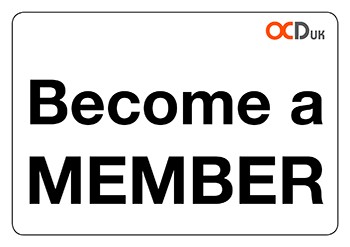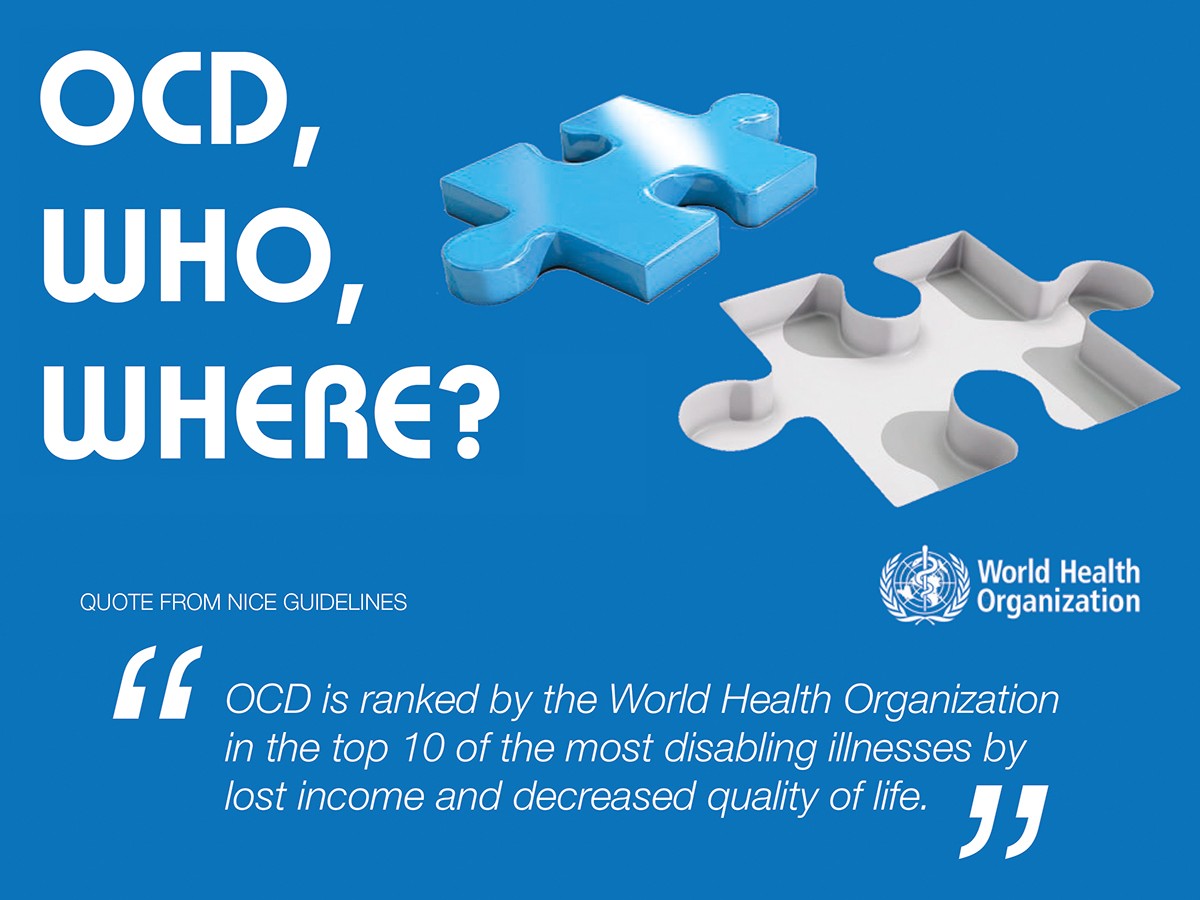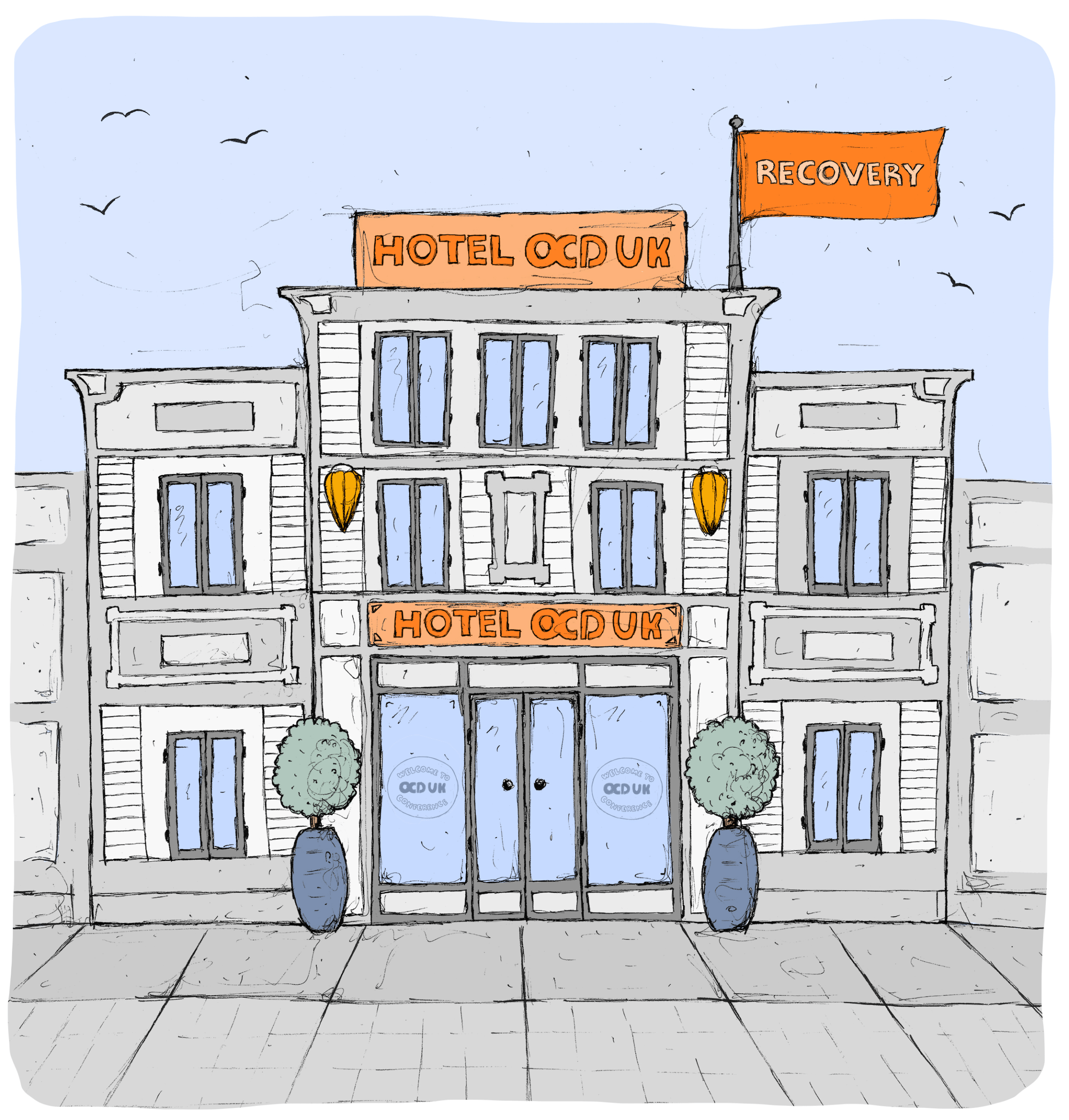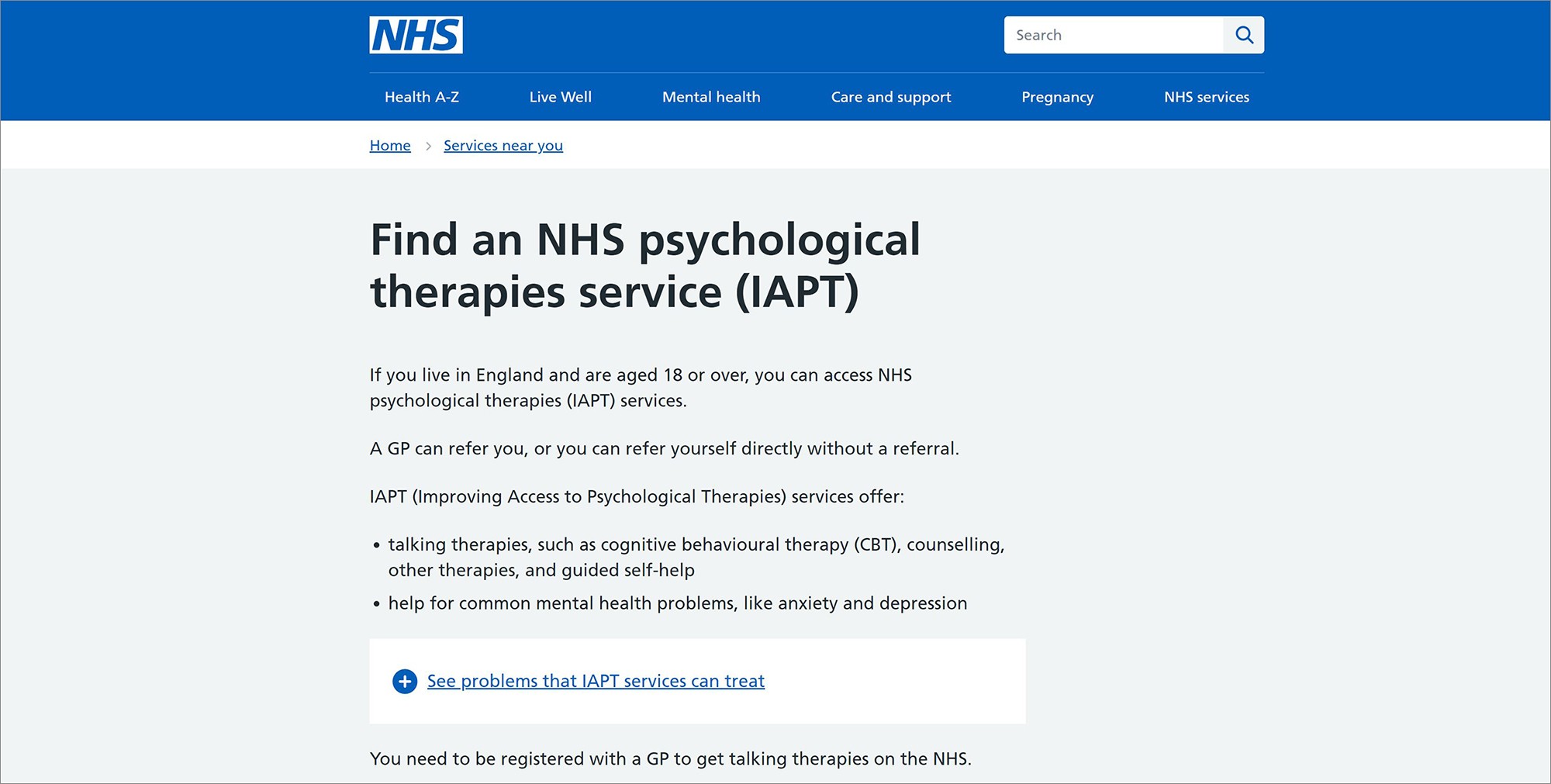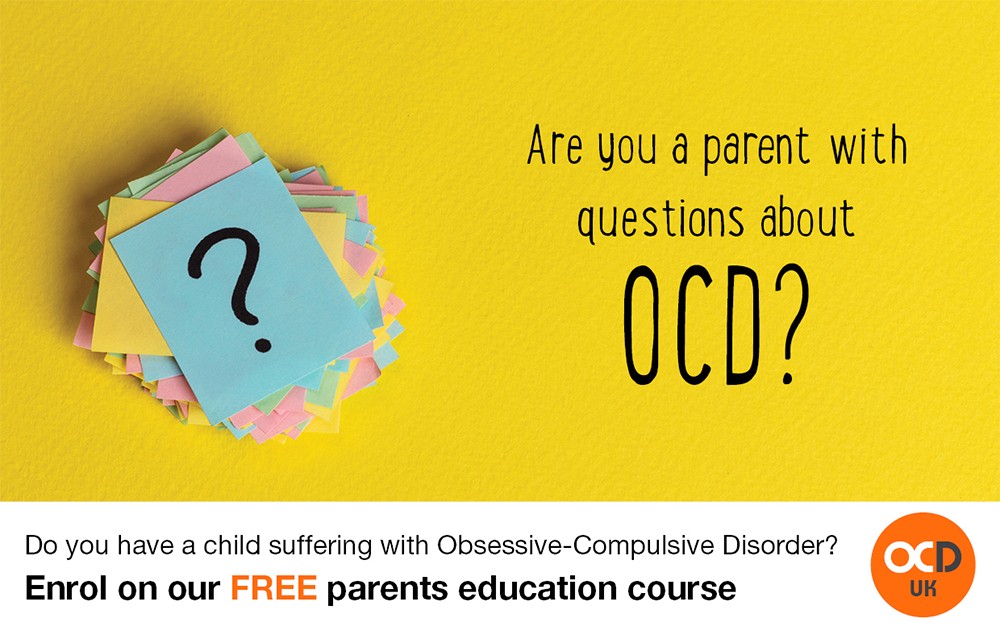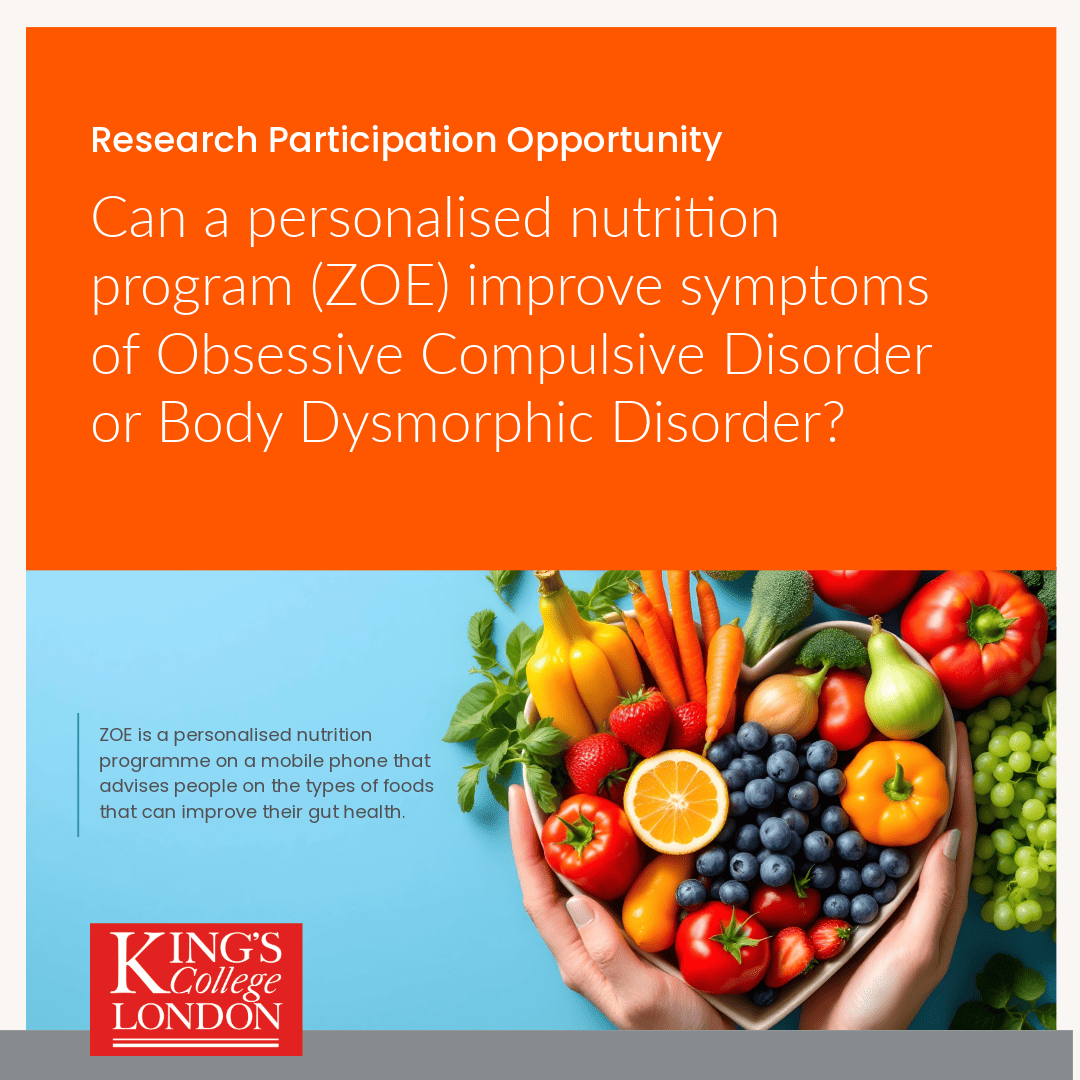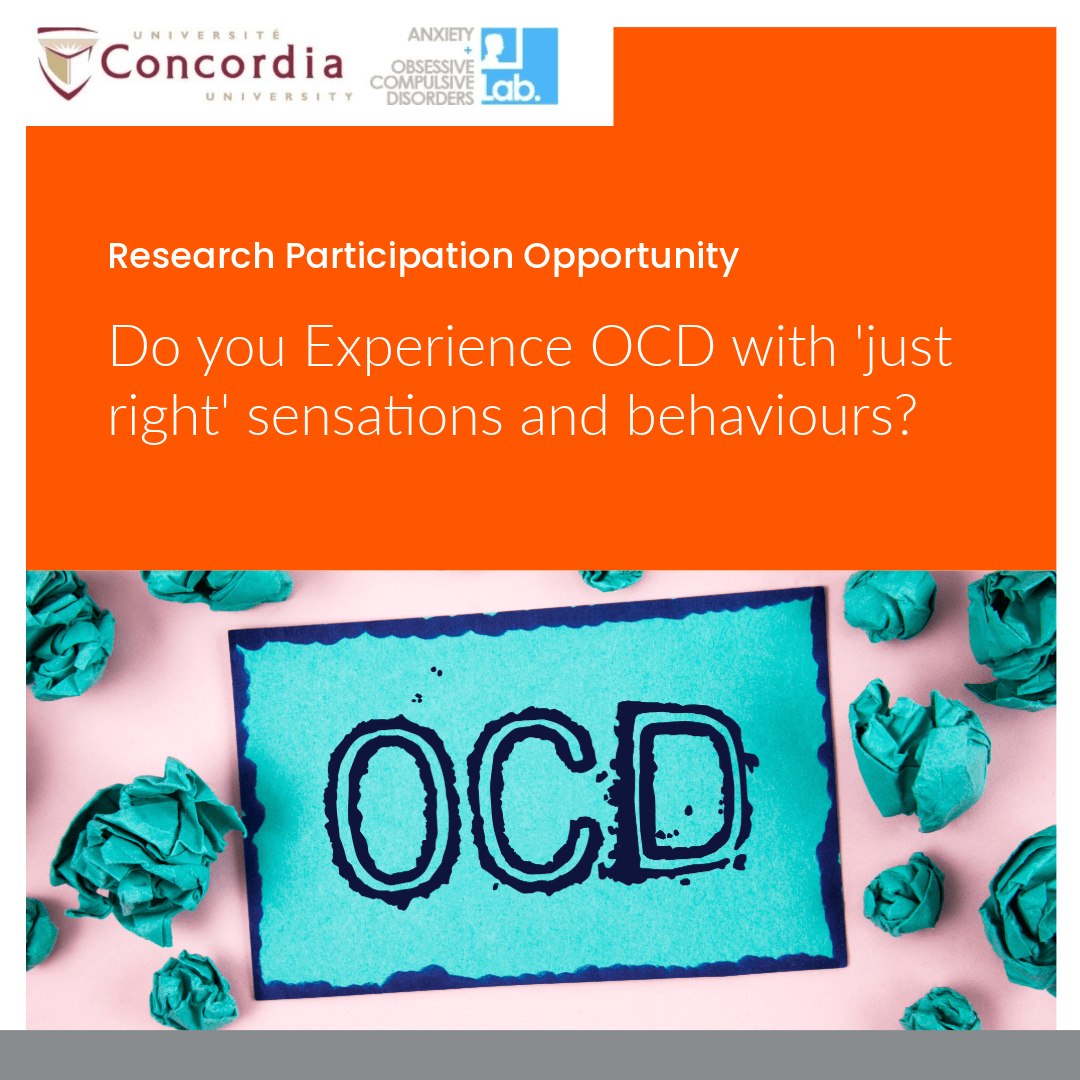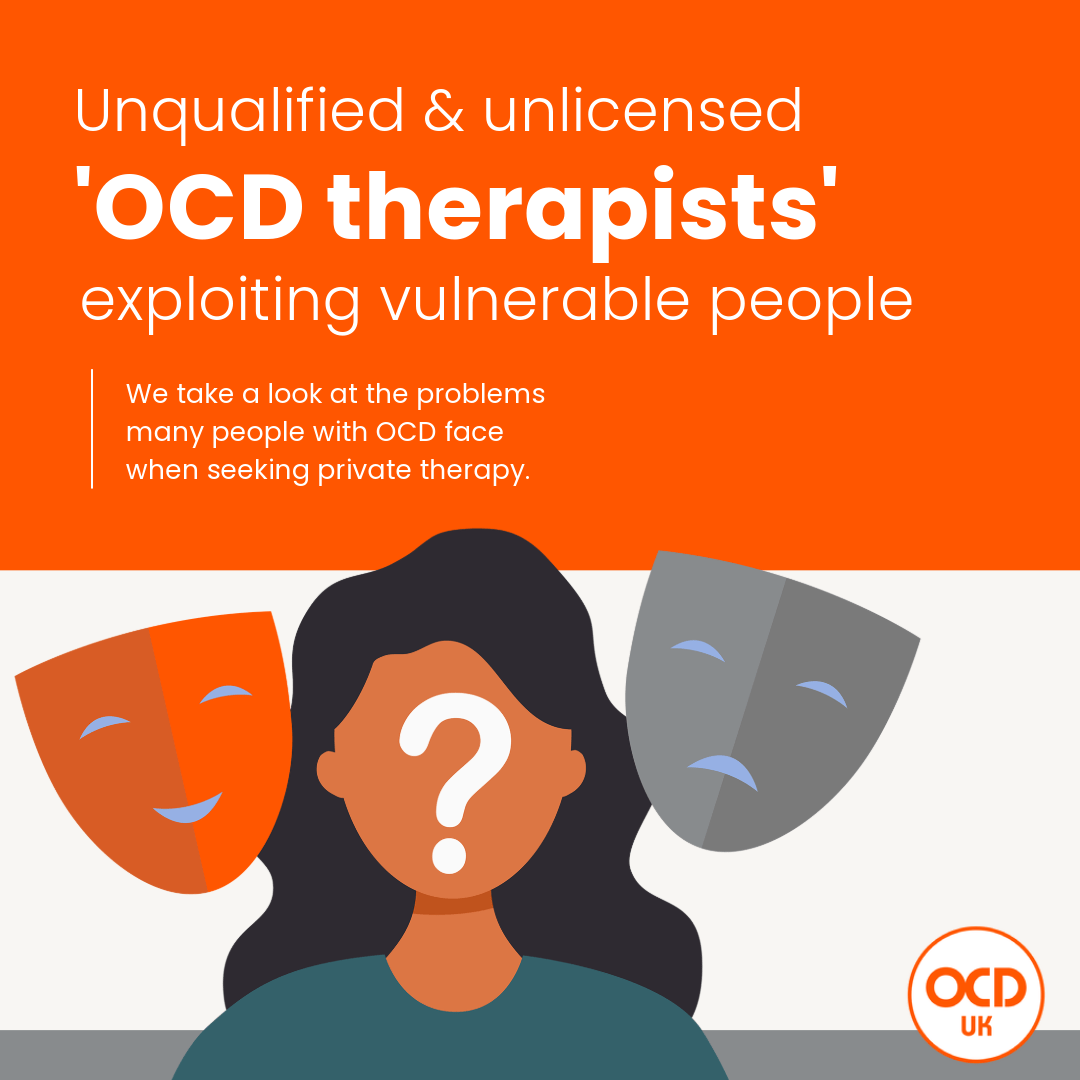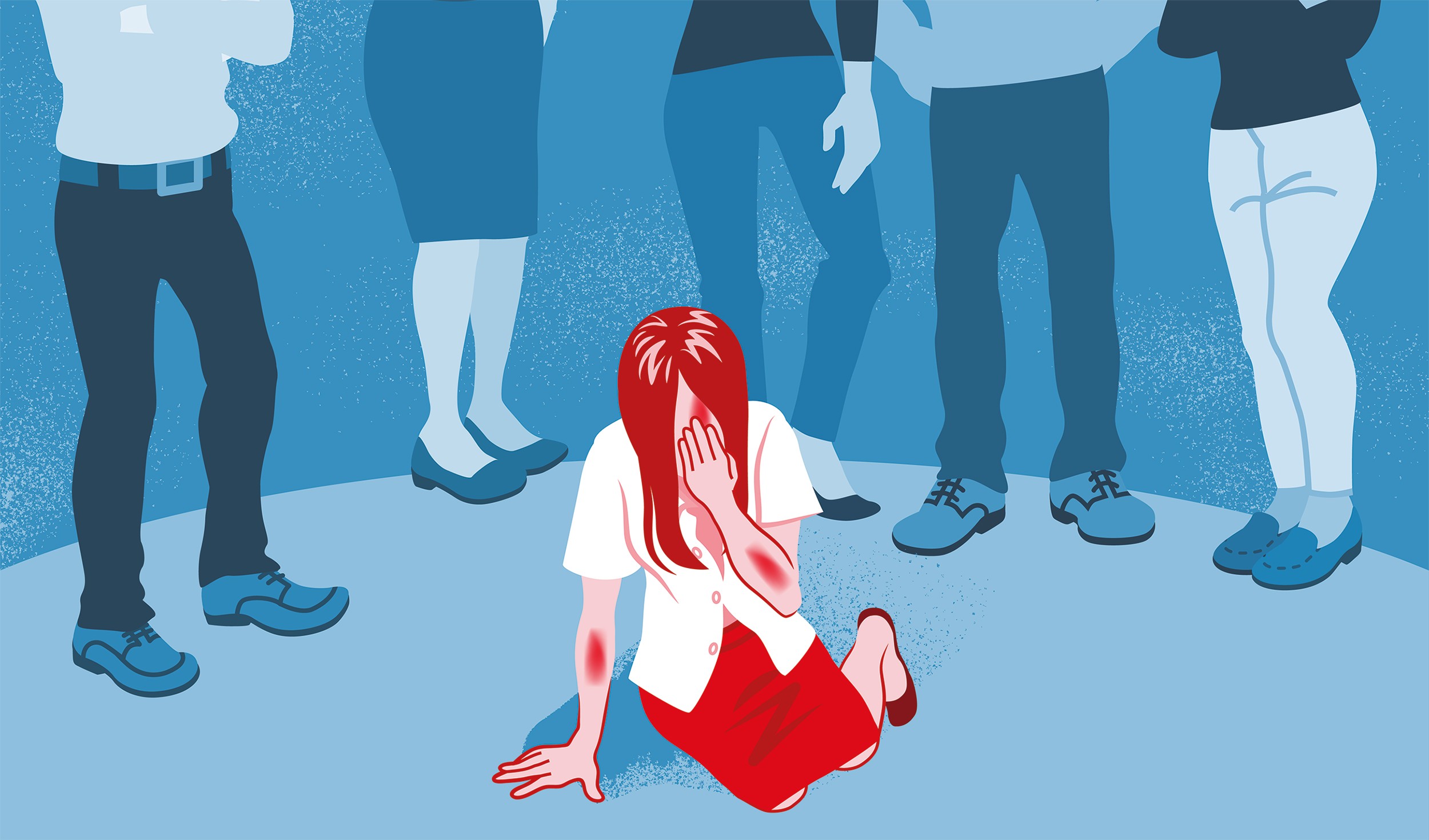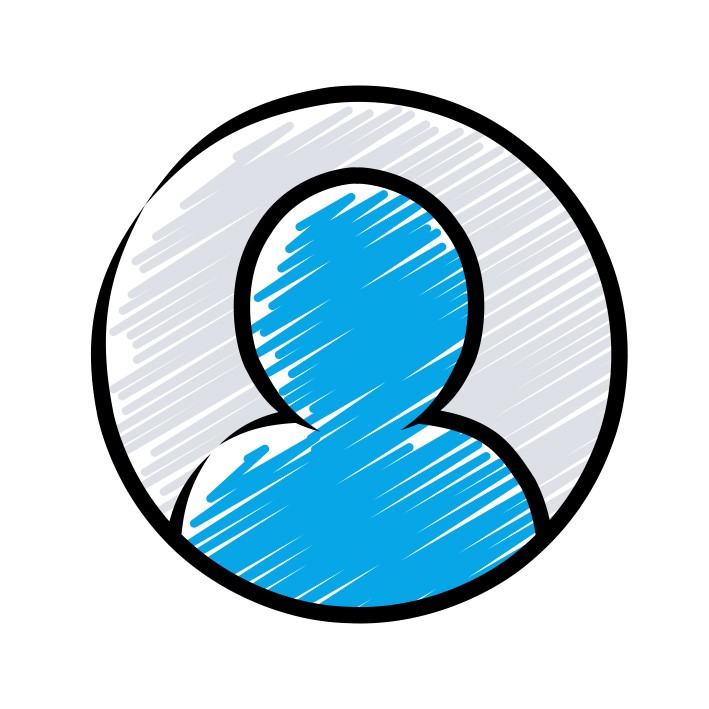Section Contents
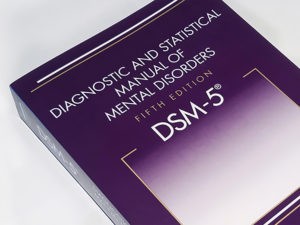
When working with patients, health professionals often refer to clinical diagnostic manuals to better understand the patient’s illness and potential treatment.
There are two main recognised diagnostic manuals commonly used around the world today. These are the International Classification of Diseases (ICD) and the Diagnostic and Statistical Manual of Mental Disorders (DSM) (the latest of which is pictured). Whilst both manuals generally tend to complement each other, there are differences in the descriptions they use.
You can read a summary of both the ICD and DSM on our clinical classification of OCD page. On this page we will summarise what both diagnostic manuals say about Excoriation Disorder (skin picking).
Until recently the original International Classification of Diseases (ICD) did not have a specific listing for Excoriation Disorder (skin picking) in ICD-10, it was sometimes coded under
Factitial dermatitis (Neurotic excoriation) – (Code: 98.1). However since the latest DSM-5 on the 1st October 2017, the World Health Organisation added Excoriation Disorder (skin picking) as a new category under OCD (Code: 42.4).
The ICD-11 due to be published in 2018, will categorise Excoriation Disorder under Body-focused repetitive behaviour disorders which sits under Obsessive-compulsive or related disorders.
The ICD is currently under revision and the release date for the 11th Revision of the International Classification of Diseases (ICD-11) is planned for publication later in 2018. The current listings are the present draft, however please note the ICD-11 listings are still draft and subject to change before publication.
At present the draft of ICD-11 lists Excoriation Disorder under the category of, Body-focused repetitive behaviour disorders which is a sub-category of Obsessive-compulsive or related disorders alongside other anxiety disorders, all of which sits inside the Mental, behavioural or neurodevelopmental disorders category.
- 6B20 Obsessive-compulsive disorder
- 6B21 Body dysmorphic disorder
- 6B22 Olfactory reference disorder
- 6B23 Hypochondriasis
- 6B24 Hoarding disorder
- 6B25 Body-focused repetitive behaviour disorders
- Substance-induced obsessive-compulsive or related disorders
- 6E64 Secondary obsessive-compulsive or related syndrome
- 6B2Y Other specified obsessive-compulsive or related disorders
- 6B2Z Obsessive-compulsive or related disorders, unspecified
So Excoriation Disorder is listed under – Body-focused repetitive behaviour disorders (F6B25), a category which includes:
- 6B25.0Trichotillomania
- 6B25.1 Excoriation disorder
With regard to the essential features of the draft ICD-11 manual it states the following diagnostic criteria for Excoriation disorder.
Excoriation disorder is characterized by recurrent picking of one’s own skin leading to skin lesions, accompanied by unsuccessful attempts to decrease or stop the behaviour. The most commonly picked sites are the face, arms and hands, but many individuals pick from multiple body sites. Skin picking may occur in brief episodes scattered throughout the day or in less frequent but more sustained periods. The symptoms result in significant distress or significant impairment in personal, family, social, educational, occupational or other important areas of functioning.
Inclusions:
- skin picking disorder
Exclusions:
- Stereotyped movement disorder (6A07)
- Acute excoriation of skin (MH12)
- Chronic excoriation of skin (MH13)
In DSM-5, Excoriation (Skin Picking) Disorder sits under its own category of Obsessive-Compulsive and Related Disorders and within that the following subcategories were placed:
- Obsessive Compulsive Disorder (OCD)
- Body Dysmorphic Disorder (BDD)
- Hoarding Disorder
- Trichotillomania
- Excoriation (Skin Picking) Disorder
- Substance/Medication-induced Obsessive-Compulsive and related Disorder
- Obsessive-Compulsive and Related Disorder due to another medical condition
- Other specified Obsessive-Compulsive and Related Disorder
- Unspecified Obsessive-Compulsive and Related Disorder
In terms of the actual diagnostic criteria the DSM-5 lists the following:
Diagnostic Criteria
698.4 (L98.1)
A. Recurrent skin picking resulting in skin lesions.
B. Repeated attempts to decrease or stop skin picking.
C. The skin picking causes clinically significant distress or impairment in social, occupational, or other important areas of functioning.
D. The skin picking is not attributable to the physiological effects of a substance (e.g., cocaine) or another medical condition (e.g., scabies).
E. The skin picking is not better explained by symptoms of another mental disorder (e.g., delusions or tactile hallucinations in a psychotic disorder, attempts to improve a perceived defect or flaw in appearance in body dysmorphic disorder, stereotypies in stereotypic movement disorder, or intention to harm oneself in nonsuicidal self-injury).
Diagnostic Features
The essential feature of excoriation (skin-picking) disorder is recurrent picking at one’s own skin (Criterion A). The most commonly picked sites are the face, arms, and hands, but many individuals pick from multiple body sites. Individuals may pick at healthy skin, at minor skin irregularities, at lesions such as pimples or calluses, or at scabs from previous picking. Most individuals pick with their fingernails, although many use tweezers, pins, or other objects. In addition to skin picking, there may be skin rubbing, squeezing, lancing, and biting. Individuals with excoriation disorder often spend significant amounts of time on their picking behavior, sometimes several hours per day, and such skin picking may endure for months or years. Criterion A requires that skin picking lead to skin lesions, although individuals with this disorder often attempt to conceal or camouflage such lesions (e.g., with makeup or clothing). Individuals with excoriation disorder have made repeated attempts to decrease or stop skin picking (Criterion B).
Criterion C indicates that skin picking causes clinically significant distress or impairment in social, occupational, or other important areas of functioning. The term distress includes negative affects that may be experienced by individuals with skin picking, such as feeling a loss of control, embarrassment, and shame. Significant impairment may occur in several different areas of functioning (e.g., social, occupational, academic, and leisure), in part because of avoidance of social situations.
Associated Features Supporting Diagnosis
Skin picking may be accompanied by a range of behaviors or rituals involving skin or scabs. Thus, individuals may search for a particular kind of scab to pull, and they may examine, play with, or mouth or swallow the skin after it has been pulled. Skin picking may also be preceded or accompanied by various emotional states. Skin picking may be triggered by feelings of anxiety or boredom, may be preceded by an increasing sense of tension (either immediately before picking the skin or when attempting to resist the urge to pick), and may lead to gratification, pleasure, or a sense of relief when the skin or scab has been picked. Some individuals report picking in response to a minor skin irregularity or to relieve an uncomfortable bodily sensation. Pain is not routinely reported to accompany skin picking. Some individuals engage in skin picking &tat is more focused (i.e., with preceding tension and subsequent relief), whereas others engage in more automatic picking (i.e., when skin picking occurs without preceding tension and without full awareness), and many have a mix of both behavioral styles. Skin picking does not usually occur in the presence of other individuals, except immediate fan-Lily members. Some individuals report picking the skin of others.
Prevalence
In the general population, the lifetime prevalence for excoriation disorder in adults is 1.4% or somewhat higher. Three-quarters or more of individuals with the disorder are female. This likely reflects the true gender ratio of the condition, although it may also reflect differential treatment seeking based on gender or cultural attitudes regarding appearance.
Development and Course
Although individuals with excoriation disorder may present at various ages, the skin picking most often has onset during adolescence, commonly coinciding with or following the onset of puberty. The disorder frequently begins with a dermatological condition, such as acne. Sites of skin picking may vary over time. The usual course is chronic, with some waxing and waning if untreated. For some individuals, the disorder may come and go for weeks, months, or years at a time.
Risk and Prognostic Factors
Genetic and physiological. Excoriation disorder is more common in individuals with obsessive-compulsive disorder (OCD) and their first-degree family members than in the general population.
Diagnostic Markers
Most individuals with excoriation disorder admit to skin picking; therefore, dermatopathological diagnosis is rarely required. However, the disorder may have characteristic features on histopathology.
Functional Consequences of Excoriation (Skin-Picking) Disorder
Excoriation disorder is associated with distress as well as with social and occupational impairment. The majority of individuals with this condition spend at least 1 hour per day picking, thinking about picking, and resisting urges to pick. Many individuals report avoiding social or entertainment events as well as going out in public. A majority of individuals with the disorder also report experiencing work interference from skin picking on at least a daily or weekly basis. A significant proportion of students with excoriation disorder report having missed school, having experienced difficulties managing responsibilities at school, or having had difficulties studying because of skin picking. Medical complications of skin picking include tissue damage, scarring, and infection and can be life-threatening. Rarely, synovitis of the wrists due to chronic picking has been reported. Skin picking often results in significant tissue damage and scarring. It frequently requires antibiotic treatment for infection, and on occasion it may require surgery.
Comorbidity
Excoriation disorder is often accompanied by other mental disorders. Such disorders include OCD and trichotillomania (hair-pulling disorder), as well as major depressive disorder. Repetitive body-focused symptoms other than skin picking and hair pulling (e.g., nail biting) occur in many individuals with excoriation disorder and may deserve an additional diagnosis of other specified obsessive-compulsive and related disorder (i.e., body-focused repetitive behavior disorder).
What to read next:
Additional Reading:
-
International Classification of Diseases (External Website)
-
Diagnostic and Statistical Manual of Mental Disorders (External Website)
-
ICD-10 (2016) (External Website)
-
ICD-11 (Draft) (External Website)
Disclaimer: This article is for information only and should not be used for the diagnosis or treatment of Obsessive-Compulsive Disorder or any other medical condition. OCD-UK have taken all reasonable care in compiling this information, but always recommend consulting a doctor or other suitably qualified health professional for diagnosis and treatment of Obsessive-Compulsive Disorder or any other medical condition.

